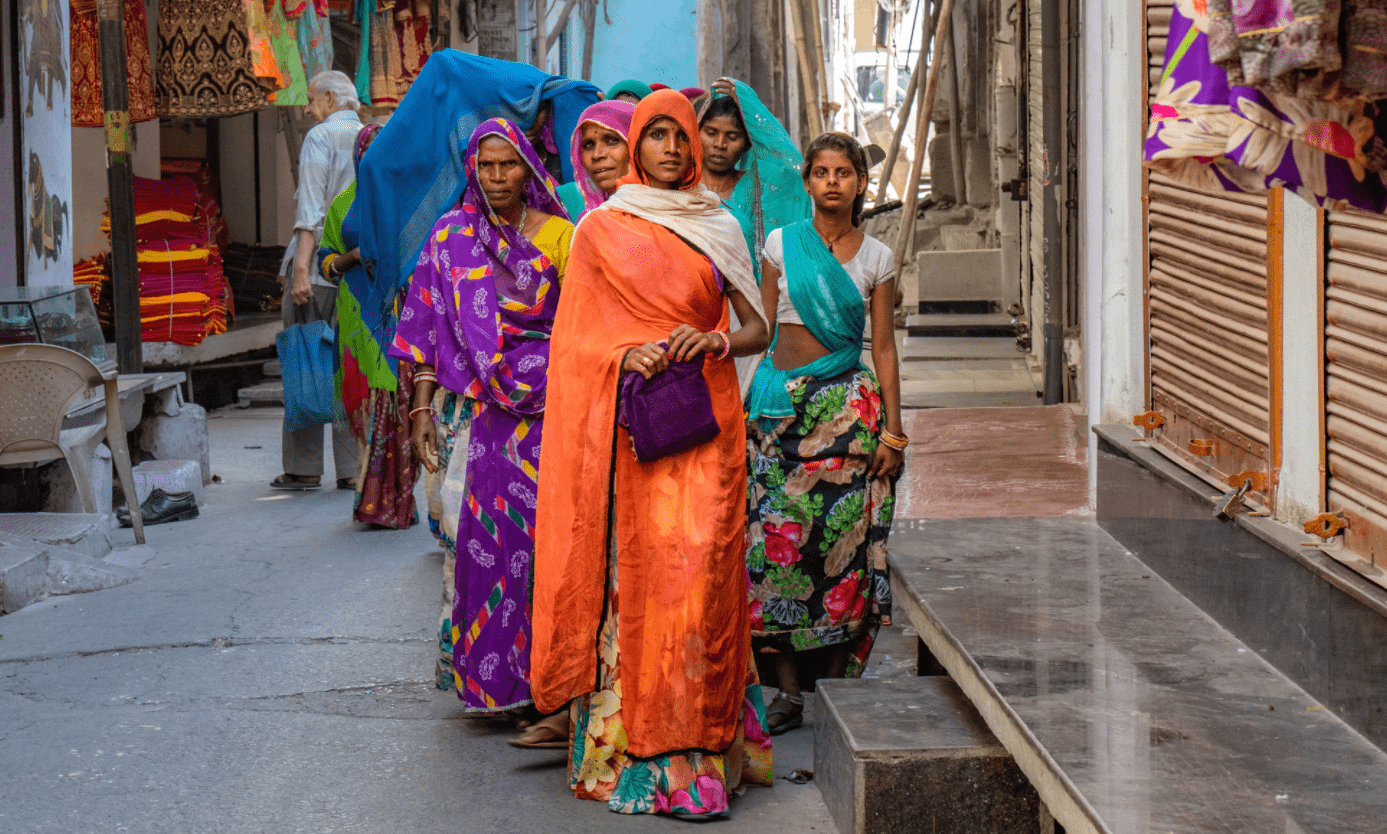Desi fashion makes a comeback
Over the years, we’ve seen the rise and fall of many fashion trends but the 2020s more than any other decade have cemented the return of several eras and subcultures. Recently there has been a rise in ‘Y2K’ fashion, though the modern generation seems to have adapted it into a somewhat idealised version of what early 2000s fashion was.
Y2K is supposedly taken from the 2000s fashion, drawing inspiration from the 2004 movie Mean Girls and the Bratz dolls we played with as children. Similarly, I’ve noticed a slight comeback in the 2000s Bollywood-style outfits. This comeback ranges from ‘throwback fits’ to the natural adaptation of these older styles into modern items.
There’s no specific definition or categorisation of Desi fashion as each decade changed in style, material and pattern. For me, the most notable periods of Bollywood fashion were the 1970s, 1990s and early 2000s. These periods were essential in shaping some of the Western trends due to the unfortunate British affiliation with Indian culture.
We’ve seen our traditions turned into Westernised ‘trends’
Some examples of these trends originating from South Asia that aren’t exclusive to just clothing are mandala patterning, nose jewellery and lehenga-style two pieces. Much like the gentrification of black culture from around the globe, South-Asian fashion and tradition has seen a recent Westernisation. With the likes of the Kardashians and Coachella girls, unfortunately, appropriating the culture, we’ve seen our traditions turned into Westernised ‘trends’ and ‘festival looks’.
I see lehenga style two-pieces coming back into fashion with the cropped jewelled tops and flared kurta-esque skirts, so I often wonder where these designers draw their inspirations from. The impact of Desi fashion is monumental and is imbedded into Western culture for a number of reasons.
The growth of the Bollywood film industry to international audiences in Africa and the Middle East meant that our culture was spread and resulted in some of my non-Desi friends growing up with the same movies I did. The issue at hand doesn’t lie with the globalisation of Desi fashion but instead the Western ignorance that comes along with it; throughout history westerners have rebranded native traditions into their own, thus ignoring the actual culture.
The very nature of South-Asian attire is glamorous and dramatic
The infamous Bollywood classic Kabhi Khushi Kabhie Gham showcases some of my favourite pieces of desi fashion in the 2000s. Kareena Kapoor’s character ‘Poo’ flaunts sequin crop tops, leather trousers and animal prints; her style in this movie is so fitting to the era and truly does shine nearly 20 years later
A key addition to her style is the implementation of Desi touches to her Westernised outfits like the chunris (south-Asian scarf) and jewellery like the nath (nose ring) and tikka (hair jewellery). Another notable aspect of 2000s Bollywood fashion which I find to be in style at the moment is men’s comfort-wear. Male characters in Bollywood would sport fluffy knitted jumpers and loose trousers, which are very much in fashion now.
When incorporating Desi culture into your modern fashion it can be hard to not seem excessive or dramatic. The very nature of South-Asian attire is glamorous and dramatic, so choosing when and where to display these aspects is tricky. A recent thing I’ve been enjoying is the use of the traditional gold jewellery as most ethnic communities have some sort of gold jewellery that runs in their culture which is easy to wear on a daily basis.
The best way to style Desi clothing, humbly, is to firstly be Desi
My most worn pair of earrings are my Nani’s small gold hoops, which match with basically any outfit. Another thing I’d like to experiment with is wearing bhindis or even chunris with my outfits. This is slightly harder to match with day-to-day Western outfits, but I tend to go by colour. If my top is red, a red bhindi will suffice. Then if my top is purple, a purple chunri will do.
In terms of traditional wear, I always found the late 1990s and 2000s to have the most gorgeous traditional wear. Outfits were often two-toned with bright colours, adorned with heavy jewels and silky soft material. This style of traditional wear has always been my favourite and I truly do wish it remained in style forever.
In some cases, it may look really good to wear a lehenga top with a nice pair of jeans, but this is super hard to pull off since lehenga tops are incredibly extravagant. The best way to style Desi clothing, humbly, is to firstly be Desi. Secondly, embrace your culture in all aspects of your life whether it is through clothing, food or music.

Comments